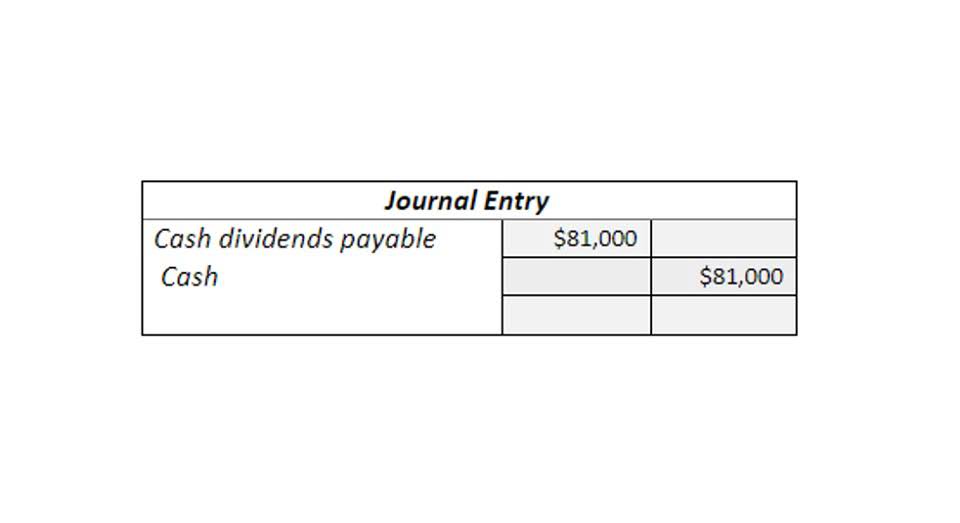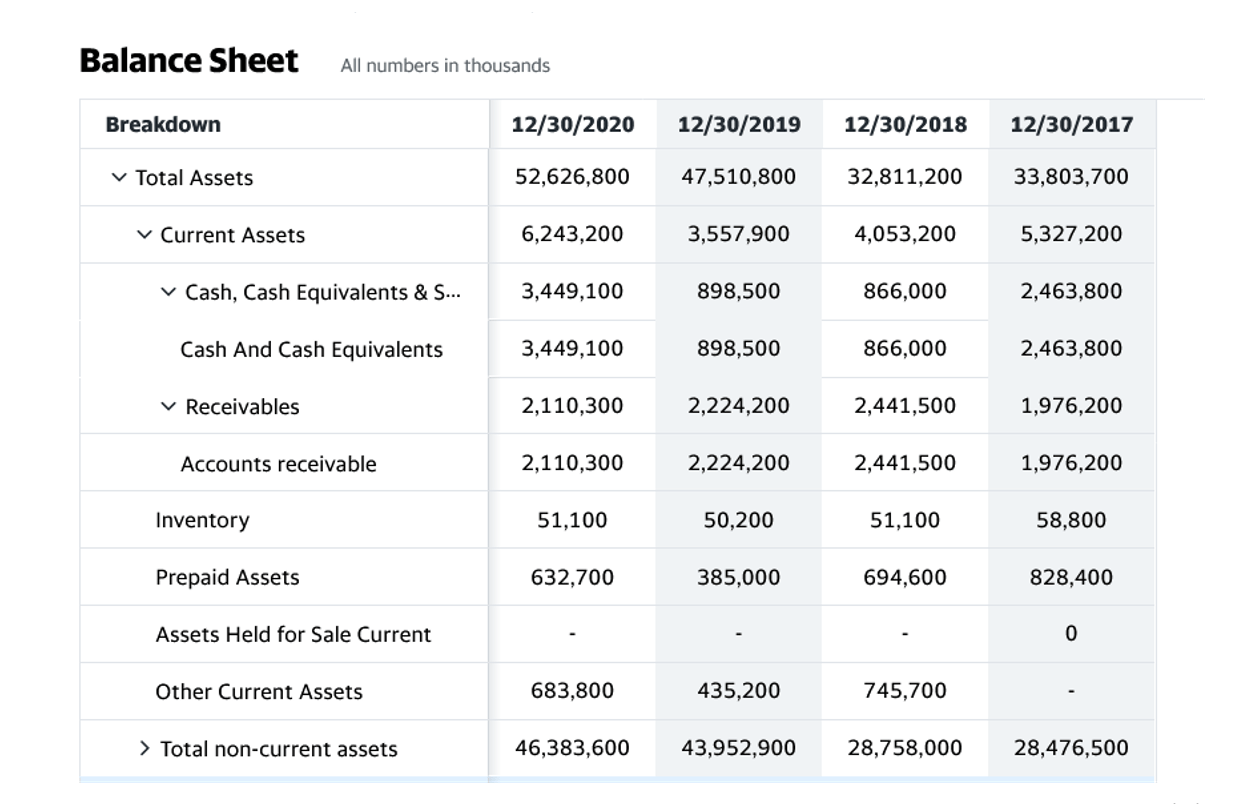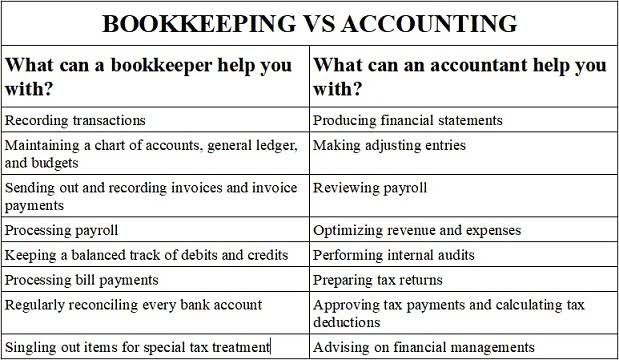
This method of reporting ensures that businesses are following accounting standards and provides a more accurate representation of the company’s financial status. For example, let’s say a software development company is creating a new mobile income statement app for a client. The project is expected to take six months to complete, and the total cost of the project is $500,000.

Building Construction

The percentage of https://www.bookstime.com/articles/accounting completion formula is a widely used method to calculate the progress of a project. It is a formula that calculates the percentage of work completed based on the total work that needs to be done. This formula is used in various industries, including construction, manufacturing, and software development. In this section, we will discuss the introduction to the percentage of completion formula.
- The IRS defines small contracts as those that will be completed within two years, and defines small contractors as those with gross receipts not over $25 million in the previous three years.
- When team members know that their progress is being closely monitored, they are more likely to stay focused and motivated.
- When it comes to recognizing revenue and expenses, accuracy is crucial for maintaining transparent financial statements.
- It is a generally accepted accounting principle (GAAP) that requires businesses to report revenue and expenses based on the percentage of work completed.
- For example, if costs incurred are $200,000 and total estimated costs are $1,000,000, the project is 20% complete.
The Role of Engineering, Procurement, and Construction (EPC) Contractors
It recognizes that a project is not a single event, but rather a series of events that happen over time. Thus, Mr. Twain has completed 58.33% of his work and 41.67% of the tasks are yet to be done. In that case, 50% of each contract accounted for under PCM is accounted for under the constructive completion rules, while the other 50 percent of each contract is subject to the step-in-the-shoes rules. Making sure that these contracts are appropriately accounted for by Buyer, percentage of completion calculation example Seller, and LLC is no small task.
Examples for the Percentage of Completion Method
By recognizing revenues and expenses throughout a project, it avoids the lumpiness issues of alternative accounting methods. Construction contract accounting involves applying specific accounting principles to long-term construction projects. The percentage-of-completion method is commonly used to allocate revenues and expenses across the timeline of these complex projects. For construction companies, the percentage-of-completion method provides a clear snapshot of profitability and assists in tracking expenses throughout the project’s lifespan. By accurately measuring completed work, companies can avoid guesswork and ensure their financial statements reflect true performance.

Percentage of completion helps accurately recognize revenue
This allows for revenue to be reported on your income statement and balance sheet more correctly throughout the life of the project. It’s most useful on long-term construction contracts because it gives a better representation of your company’s financial position than the completed contract method. In conclusion, the percentage of completion method is an essential accounting technique used by industries with large-scale and complex long-term projects. By recognizing revenues and expenses based on the work completed, companies can enjoy improved financial reporting accuracy and better forecasting capabilities. However, they must also be cautious about potential risks and challenges, such as manipulation and subjectivity, to ensure a fair representation of their financial situation. Under the PoC method, a company reports revenues and expenses based on the percentage of work completed as of the reporting date.
Practical Applications and Challenges in Construction Accounting
Improved financial reporting accuracy due to a more timely recognition of revenue and expenses.2. Enhanced forecasting capabilities as income and expenses are recognized in a systematic fashion over the duration of the contract.3. Easier assessment of project profitability at regular intervals, allowing for proactive management decisions. Software developers also use this method when working on custom projects for clients with multi-year commitments or extensive development cycles.
RSM US LLP is a limited liability partnership and the U.S. member firm of RSM International, a global network of independent assurance, tax and consulting firms. The member firms of RSM International collaborate to provide services to global clients, but are separate and distinct legal entities that cannot obligate each other. Each member firm is responsible only for its own acts and omissions, and not those of any other party.

- Moreover, complying with the accounting standards codification of ASC 606 and IFRS 15 guarantees consistency, comparability, and reliability in financial reporting.
- Attention should be given to whether the transaction engaged in by Buyer and Seller is a fully taxable asset acquisition, non-taxable transaction, or partially both.
- It’s most useful on long-term construction contracts because it gives a better representation of your company’s financial position than the completed contract method.
- This amount is then reduced by any of consideration the Buyer paid as a result of the transaction and increased by any amount Buyer received in the transaction that is allocable to the contract.
- Calculating the progress of a project is an essential task for any project manager.
- There are several detailed provisions and adjustments such as inflation and profit addition or extra material acquisition costs, which are further considered.
It focuses on the actual effort expended, such as labor hours, machine hours, or materials used, to calculate the percentage of completion. For example, if a $100,000 project is 50% completed, you record $50,000 in income and costs for that reporting period. This method accurately measures progress by referring to milestones, money incurred, or work done. When most of your projects last at least a few months, it can be one of the most accurate ways to recognize revenue.